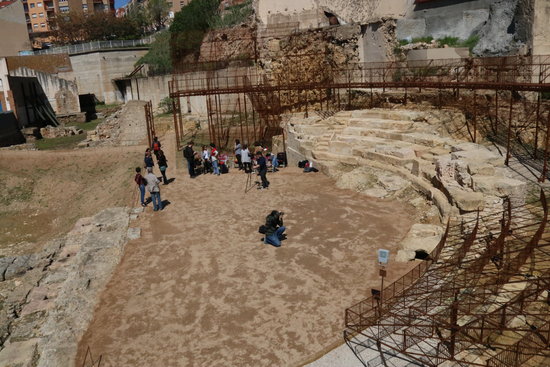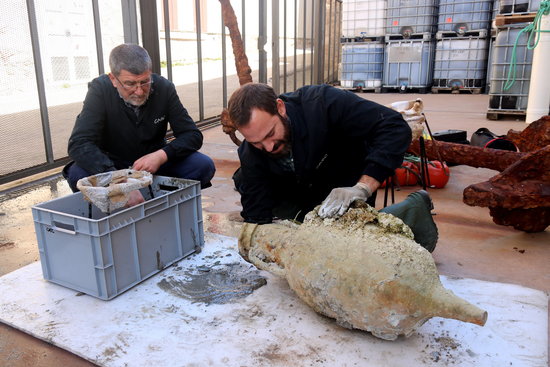Secret's of the past: Catalonia's cultural heritage unveiled
Three projects look into country's past, from when it was once part of Roman Empire to more recent times

Catalonia has a rich cultural heritage dating back thousands of years. Scratch away at the surface of the land, and mysteries of the past are revealed. Once upon a time, the country was home to Greek and Carthaginian towns, before the conquest of the Roman Empire. The Romans gave way to the Visigoths, before the land fell under the control of the Moors, forming part of al-Andalus, or Islamic Iberia. All throughout Catalonia, remnants of its diverse past can be found, enough to keep archaeologists busy for quite some time.
Roman theatre restoration
Built in the first century AD, surrounded by large buildings, it was easy to miss the Roman theatre in the southern city of Tarragona. In the 1970s, it was almost destroyed during a development rush. But it is now being restored in order to resemble its former glory just a little bit more, and little by little it’s beginning to take shape.
“When it was discovered at the end of the 19th century, it had been an unknown terrain for many centuries for the people of Tarragona,” said Jusèp Boya, the government’s ecretary for cultural heritage.
“We are at a place of very high historical importance, but here we do not have the same monumentality that other cities might have with similar monuments,” he said.
The long-term goal of the project is to turn the area into a museum of about 6,000 square metres. The initial budget has been set at 750,000 euros, which is due to be extended over the coming three years.
An ancient shipwreck carrying savoury goods
Also harking back to Roman times, recently a wooden Roman ship was discovered off the coast of northern Catalonia, with its structure well-preserved, even after 2,000 years at the bottom of the Mediterranean sea. The ship carried 135 amphora, an ancient container for carrying cargo.

It has now been confirmed by archaeologists that these amphora were being used to transport fish sauce. The finding offers a further insight into the ancient Roman way of life in Catalonia. Further studies are due to be carried out in order to ascertain if there were other types of condiments in the ancient cargo.
Puigcerdà, underground
Meanwhile, deep in the Catalan Pyrenees, in Puigcerdà, work is under way to recover an old tunnel network beneath the town’s streets, and turn it into a tourist attraction. So far, more than 20 tonnes of earth have been removed to restore the subterranean network in the first phase of the project.

Albert Piñeira, the mayor of Puigcerdà, said that the objective is to make the tunnels into a “tourism and cultural activity.”
The tunnels themselves have an interesting history. Dating back to between the 14th and 18th centuries, they were built from under the town centre to beyond the town wall, and are believed to have been used by farmers and other people to sneak in and out of their homes without being seen by possible enemies. During the Spanish Civil War, the tunnels also came to be used as makeshift shelters. They are expected to be opened to the public in May.